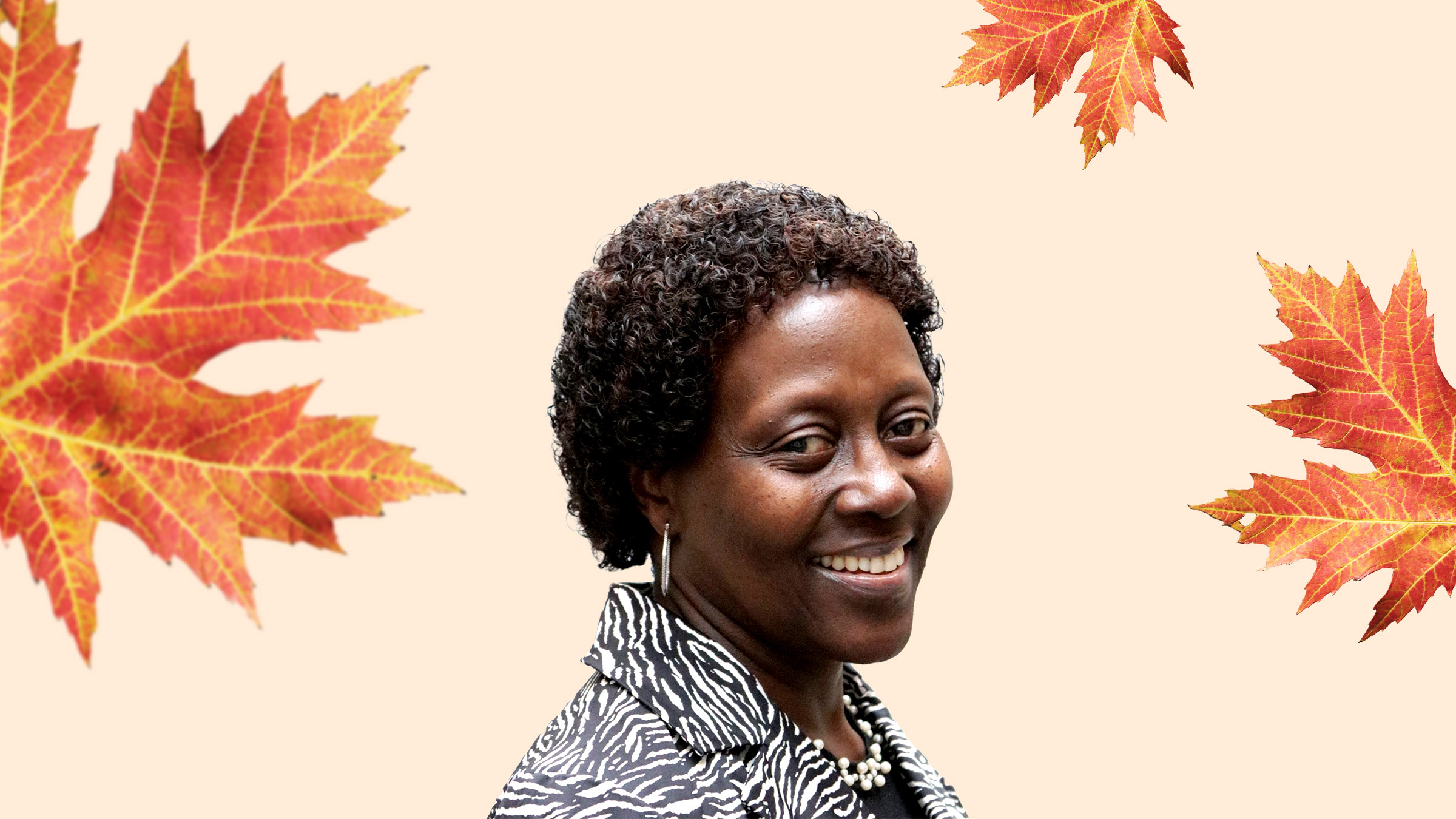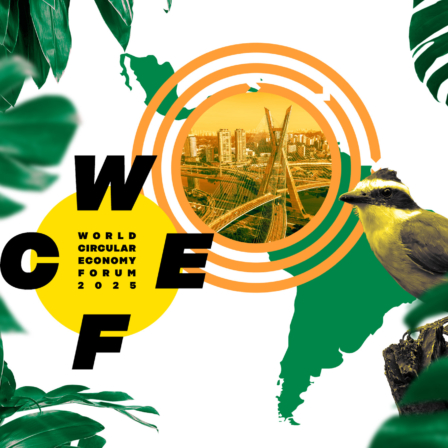On Monday, 11 October, the first part of the UN Biodiversity Conference of the Parties to the Convention on Biological Diversity (COP 15) will begin. You can read more about the negotiations at the end of this interview. What does the leader of these negotiations, Elizabeth Maruma Mrema, have to say on the role of a circular economy in addressing biodiversity loss?
Why is biodiversity so important for human well-being and the economy?
Nature is a critical component of most goods and services offered to human societies. Clean water and air, and food and climate resilience, are just a few of nature’s services to people that underpin human health and well-being, including in cities where the majority of us live.
We need fibres to build our furniture and for the clothes we wear, we need medicines and personal care items that ultimately all come from nature or are produced much more effectively and sustainably using nature-based solutions.
We can already feel the damages from climate change and environmental degradation, which are both a cause and a symptom of biodiversity loss. Thus, the solutions are also linked. Species – including those for food and medicine – and ecosystems cannot adapt if the rate of climate change becomes too severe.
What kind of business models can profit from supporting nature and biodiversity?
The reality is that any and all business models that want to exist and prosper in the upcoming decades need to be aligned with recent scientific findings. Of course, businesses already engaged in a circular and inclusive, nature-friendly economy will experience greater profits.
What is the role of the circular economy in addressing the interlinked climate and biodiversity challenge?
We need integrated solutions for climate and nature because synergies make economic sense. Becoming carbon-neutral, in itself a priority for human security, is ten times cheaper when using nature-based solutions. If approaches to financial sustainability, human and environmental health, and the circular economy are combined, this also significantly reduces the risks of externalities linked to biodiversity loss and climate change.
Nature created the Earth’s climate and continues to regulate it – it has had four and a half billion years of experience of doing so by being fully interdependent. A circular economy is both based on, and builds on, this same premise of interdependence. A green and circular economy leverages solutions already provided by nature by mainstreaming biodiversity into the very texture of product and service design, distribution and life cycle management.
The 21 targets by 2030 for biodiversity, which are currently being drafted, aim to guide actions to preserve and protect nature. How will these targets feature the circular economy?
The key role of the new global biodiversity framework and its set of complementary strategies and approaches (resource mobilisation, mainstreaming, capacity building, monitoring, indicators, reporting) is to address the challenges of applying nature-based solutions to all the Sustainable Development Goals.
Reversing the impact of incentives to harmfully exploit nature is the most actionable element. Our economies still continue to invest more in destroying nature and using up our natural capital, than in protecting it.
The circular economy is not specifically mentioned in the post-2020 framework but in its complementary Action Plan, together with other approaches such as the concept of an Ecological Civilization. The post-2020 framework targets focus for example on pollution, the multiple values of nature, business operations and production and sustainable consumption to provide strong elements for supporting businesses in preventing biodiversity loss.
What about the future? What is crucial to reach the opportunities a circular economy provides for biodiversity?
Climate, biodiversity and land-use issues all need to be solved together, not separately, and a green circular economy can be a solution. The concept of a circular economy is a component of the solution we need in redirecting the fundamentals of the economy. Promoting a circular, nature-based economy means promoting and attracting the right kind of investment opportunities that protect natural capital instead of destroying it.
By changing behaviour, we can protect wetlands and forests that accumulate carbon while protecting biodiversity. We can ensure that no pesticides are used that affect pollinators. We can preserve traditional varieties. We can find solutions that lead us to consume mostly locally and sustainably produced organic food. We can assure jobs and investment, as well as generate returns for green loans, credit and risks taken. By incorporating nature into urban transportation or energy infrastructure, as Singapore does, we will reduce temperature extremes and the risk of droughts and floods. We will also increase the immunity of local residents and offer recreational enterprise opportunities for rural youth.
It is not enough just to be circular. The services nature provides for businesses and finance need to be integrated into their plans – and paid for. It needs to be part of every decision and operation as well as finance policies and programmes.
The circular economy is part of the solution that is a win-win situation for people, businesses and nature.



















Recommended
Have some more.